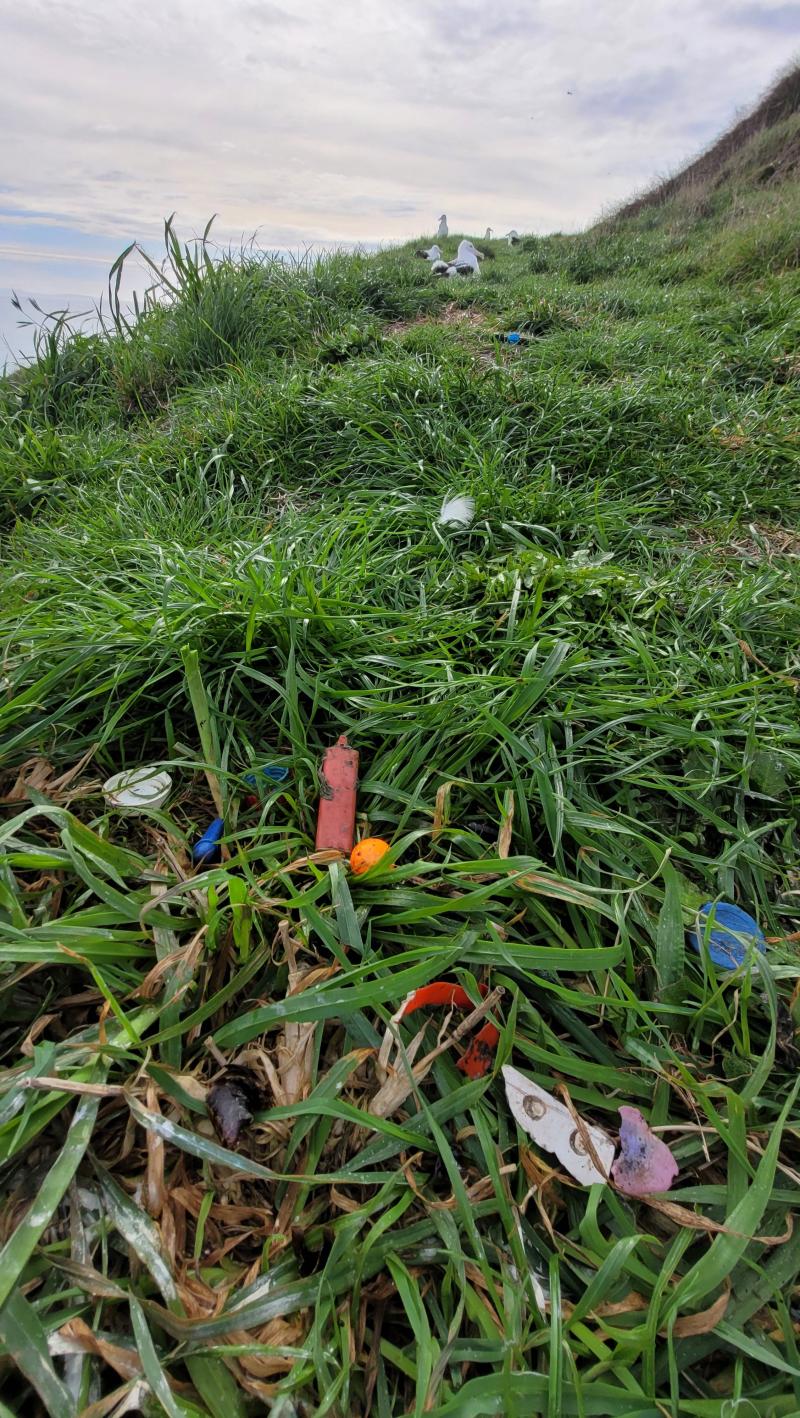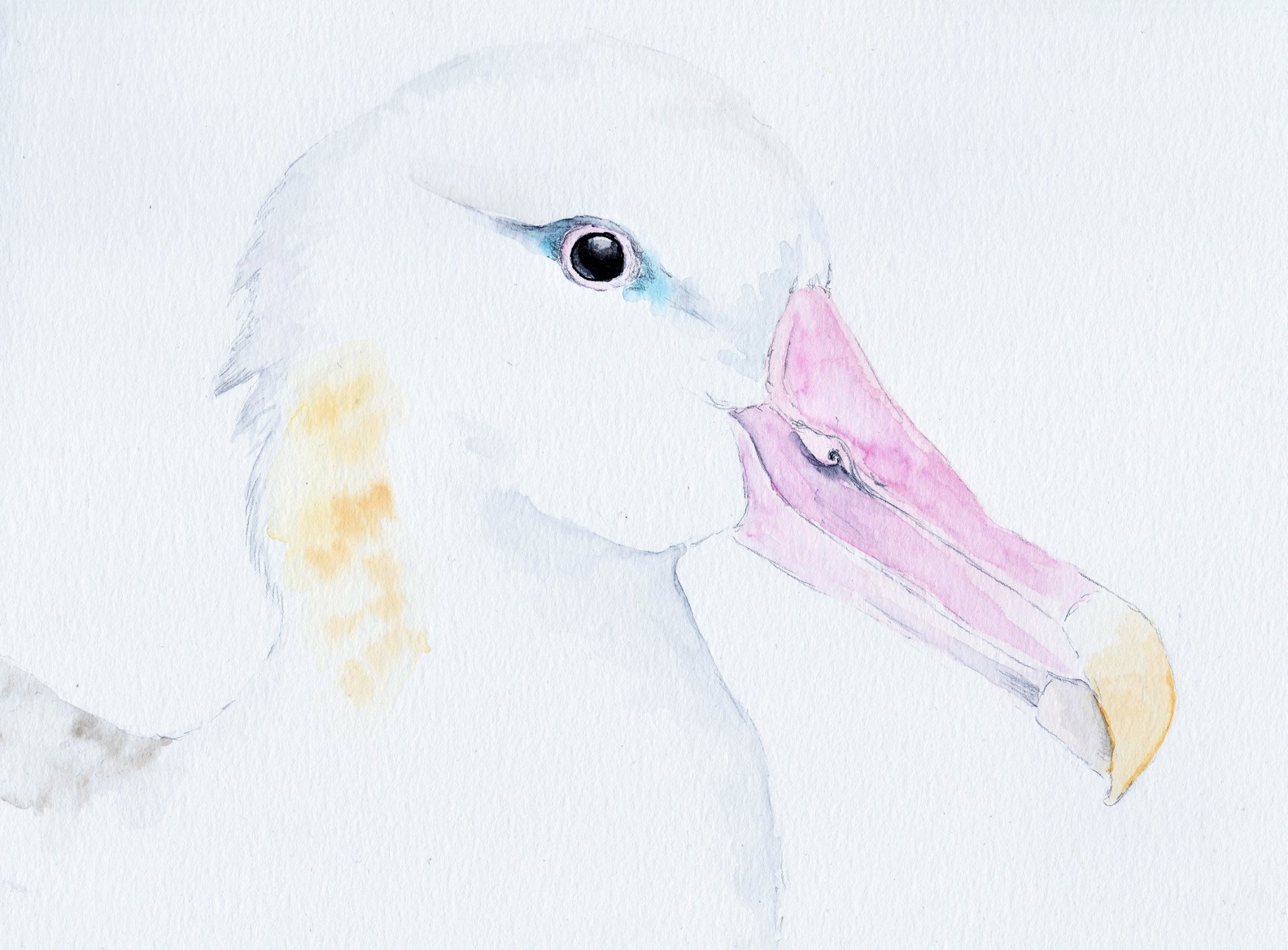 Antipodean Albatross by Lea Finke for World Albatross Day 2020, after a photograph by Kirk Zufelt
Antipodean Albatross by Lea Finke for World Albatross Day 2020, after a photograph by Kirk Zufelt
New Zealand’s annual Bird of the Year competition for 2024 (“BOTY2024”) commences on Monday 02 September, with voting based on an instant runoff system closing on Sunday 15 September. The winner will be announced on Monday 16 September. Once more the Antipodean Albatross Diomedea antipodensis is available to be your number one choice. This ACAP-listed species, endemic to New Zealand, is categorized as globally Endangered, and Nationally Critical, and has been recognized as a Species of Special Concern by ACAP.
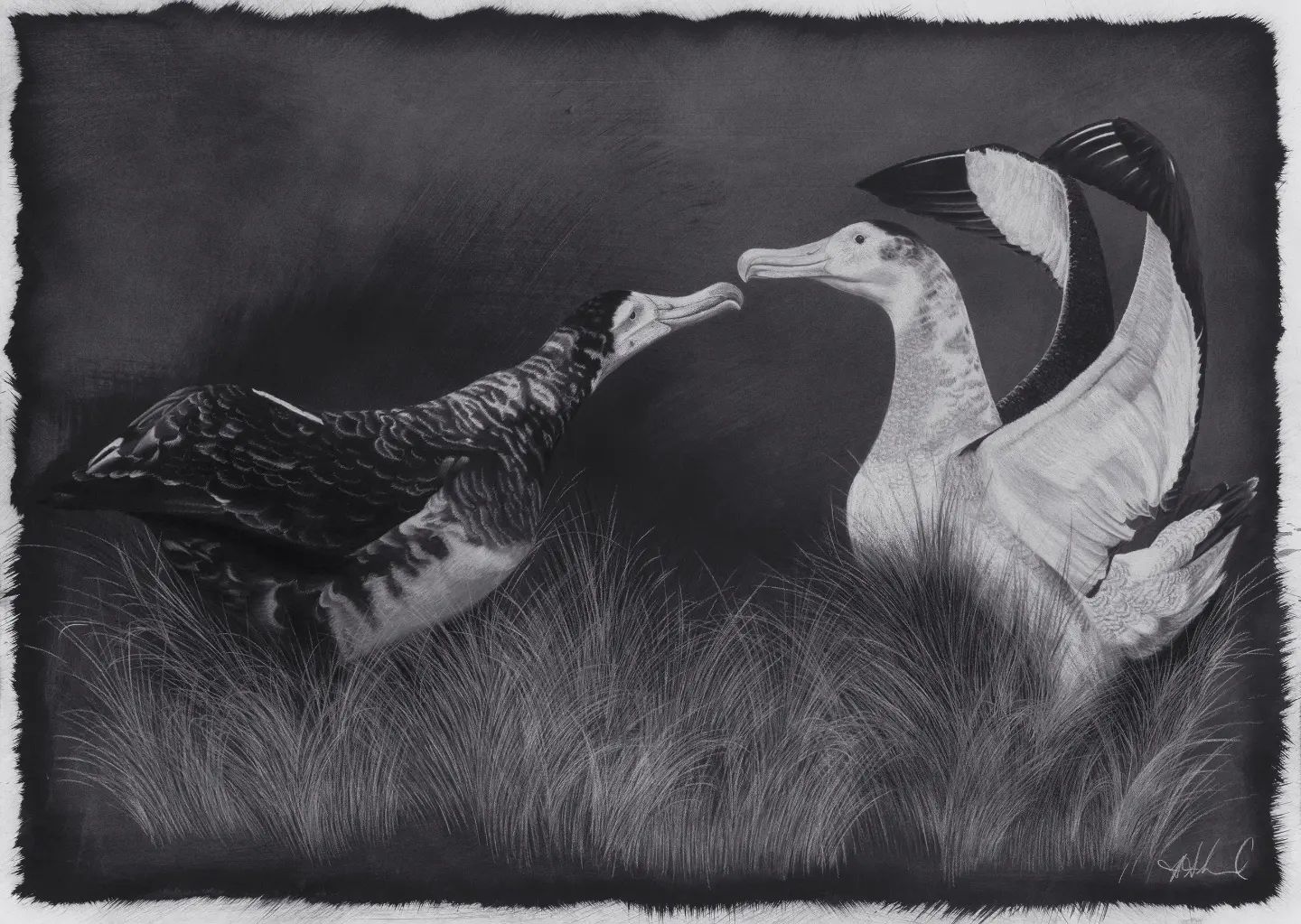
An Antipodean Albatross pair engages in mutual display, artwork by Hannah Shand
“Antipodean albatross or toroa spend most of their lives at sea, only coming on land to raise young every two years. They have an elaborate courtship that involves a characteristic singing and dancing display, and form enduring pairs that mostly last until one of them dies. The Antipodean albatross is the party leader species representing all of the amazing albatrosses in Aotearoa.
Soaring above the waters of the Pacific Ocean and Aotearoa, the toroa represents perpetuity and strength. With a wingspan measured in metres, the Antipodean albatross shows us the beauty of New Zealand’s native birds. These magnificent creatures, known for their impressive long-distance journeys criss-crossing the Pacific, face numerous threats from climate change and fishing practices. By voting for the toroa in Bird of the Year, you are promoting efforts to protect their habitat, and ensure these majestic albatross continue to grace our skies for generations to come.”
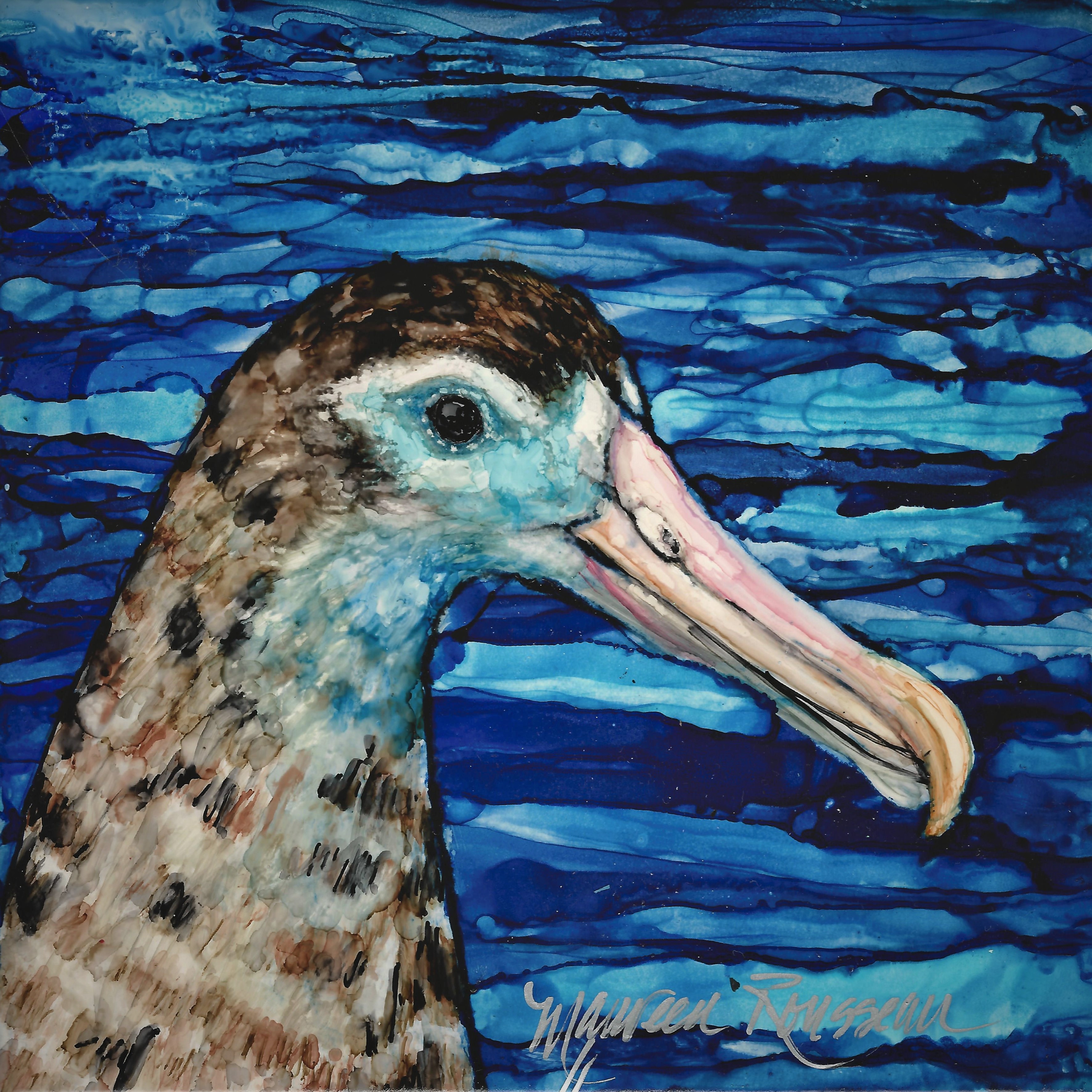
Juvenile Antipodean Albatross by Maureen Rousseau for World Albatross Day 2020, after a photograph by Kirk Zufelt
Click here to learn how to vote. For your second to fifth choices there are available four procellariiform seabirds to choose: ACAP-listed and Endangered Westland Petrel Procellaria westlandica, Endangered Hutton’s Shearwater Puffinus huttoni, Vulnerable Cook’s Petrel Pterodroma cookii and Fairy Prion Pachyptila turtur. No ACAP-listed species (or any procellariiform) has so far won the Bird of the Year competition; click here to view all the past winners since 2005.
In 2020 , the Antipodean Albatross came second in BOTY, then slipped to fifth in 2021, and did not get close to a podium position in the following two years. Could 2024 finally be the year for the Toroa – after four years of trying?
BOTY 2024 is organized by the New Zealand environmental NGO, Forest & Bird.
John Cooper, Emeritus Information Officer, Agreement on the Conservation of Albatrosses and Petrels, 30 August 2024, updated 02 September 2024

 English
English  Français
Français  Español
Español 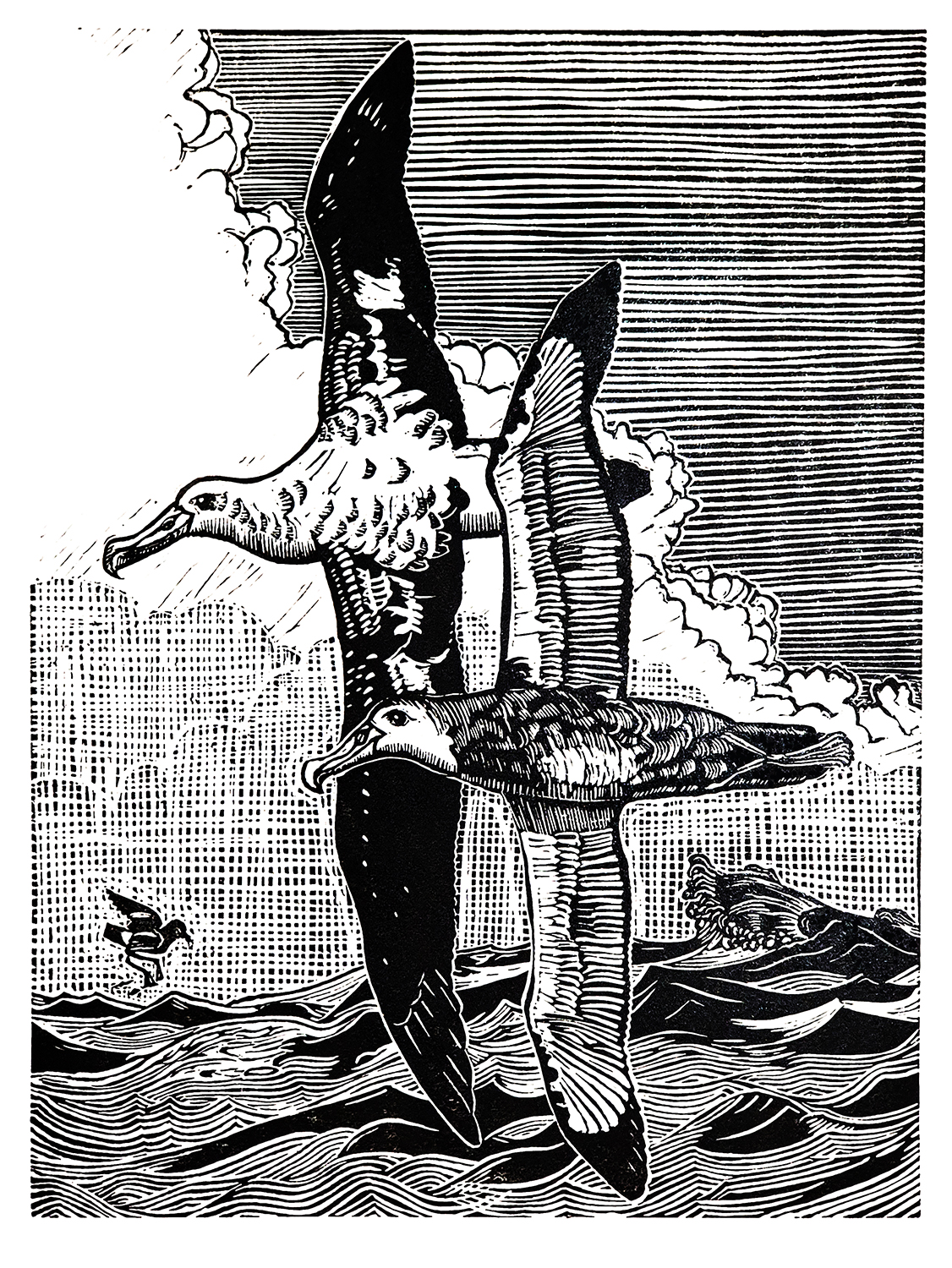 Antipodean Albatrosses at sea, artwork by James Allan
Antipodean Albatrosses at sea, artwork by James Allan

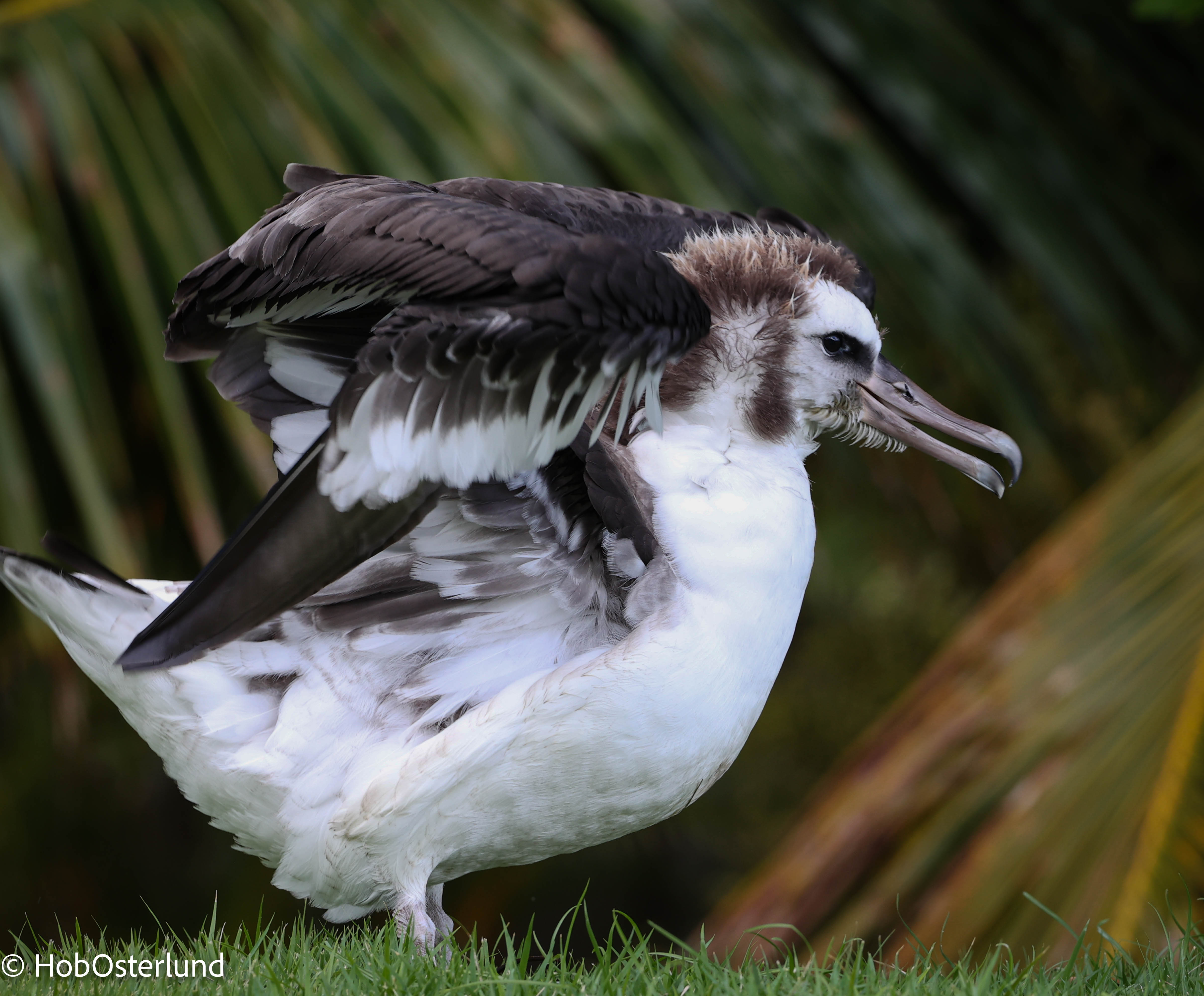 A Laysan Albatross chick gets close to fledging, photograph by Hob Osterlund
A Laysan Albatross chick gets close to fledging, photograph by Hob Osterlund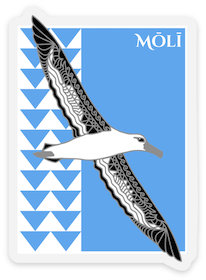

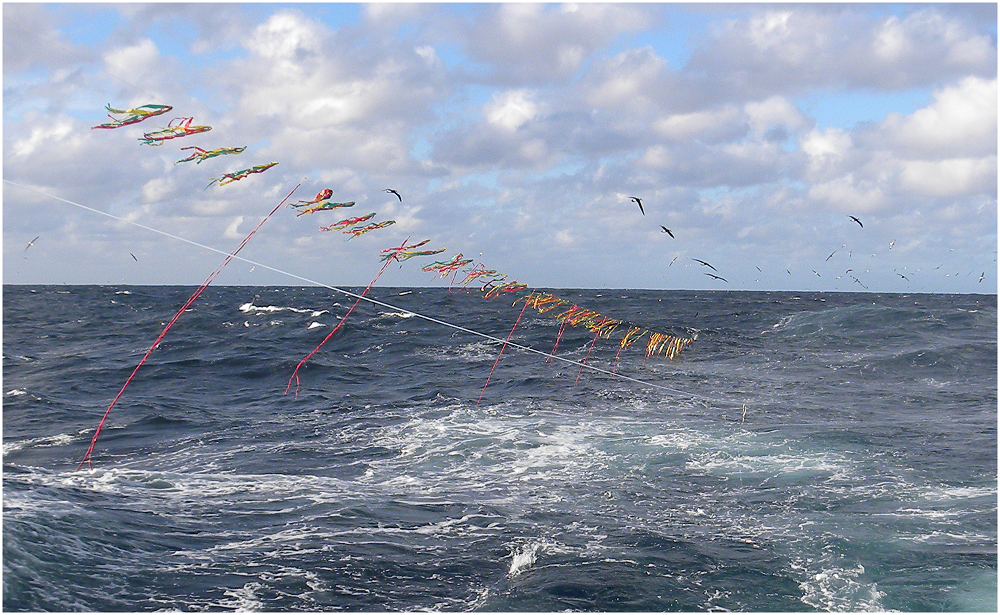 Bird scaring lines in action, photo by Domingo Jimenez
Bird scaring lines in action, photo by Domingo Jimenez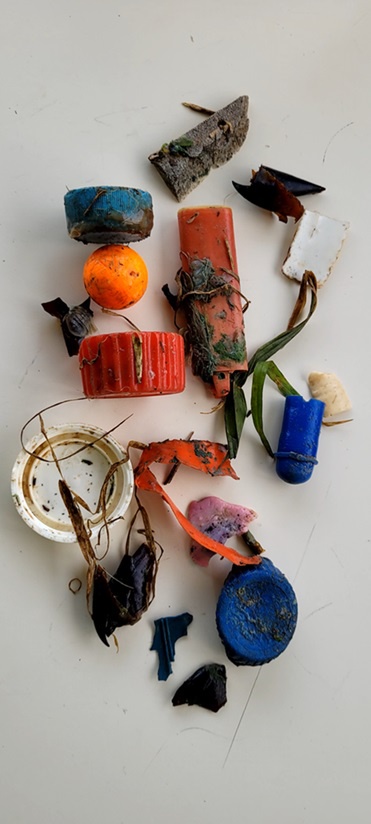 Plastic items regurgitated by a Northern Royal Albatross chick at Pukekura/Taiaroa Head. Recognizable are four bottle caps, a red cigarette lighter, four brown squid beaks and two translucent fish eye lenses, among other plastic fragments, photograph by Sharyn Broni
Plastic items regurgitated by a Northern Royal Albatross chick at Pukekura/Taiaroa Head. Recognizable are four bottle caps, a red cigarette lighter, four brown squid beaks and two translucent fish eye lenses, among other plastic fragments, photograph by Sharyn Broni